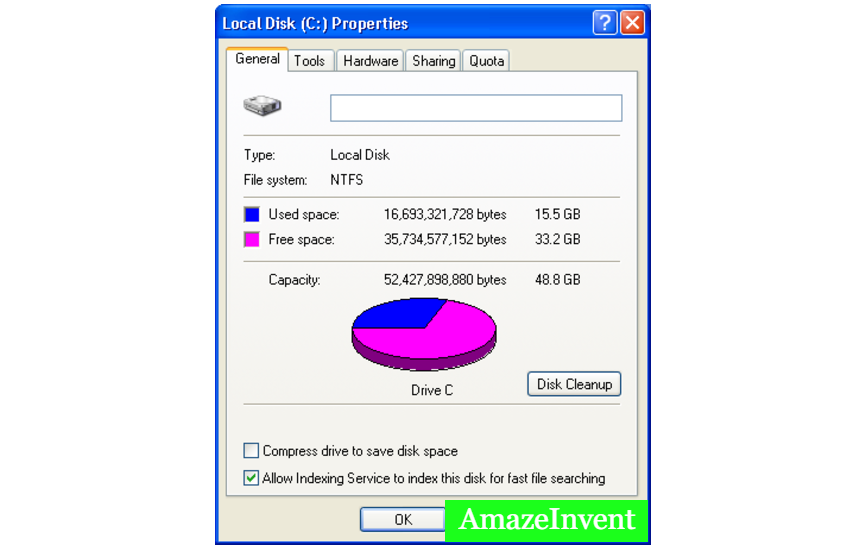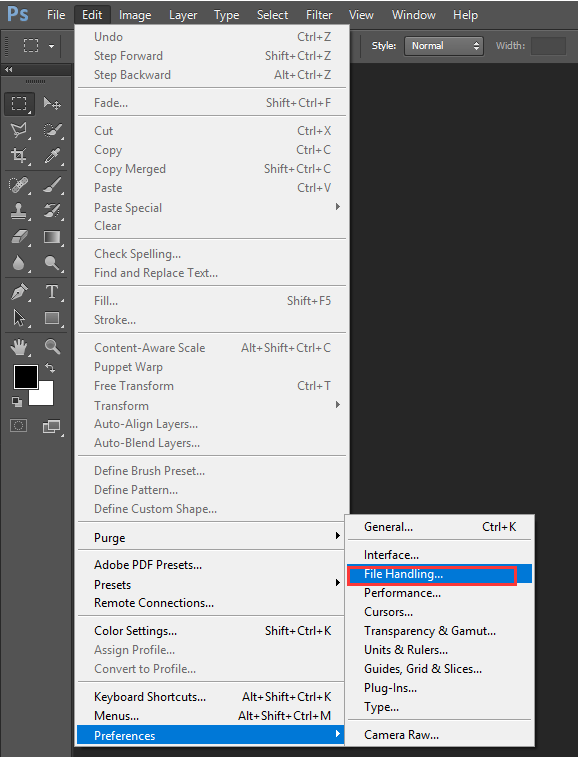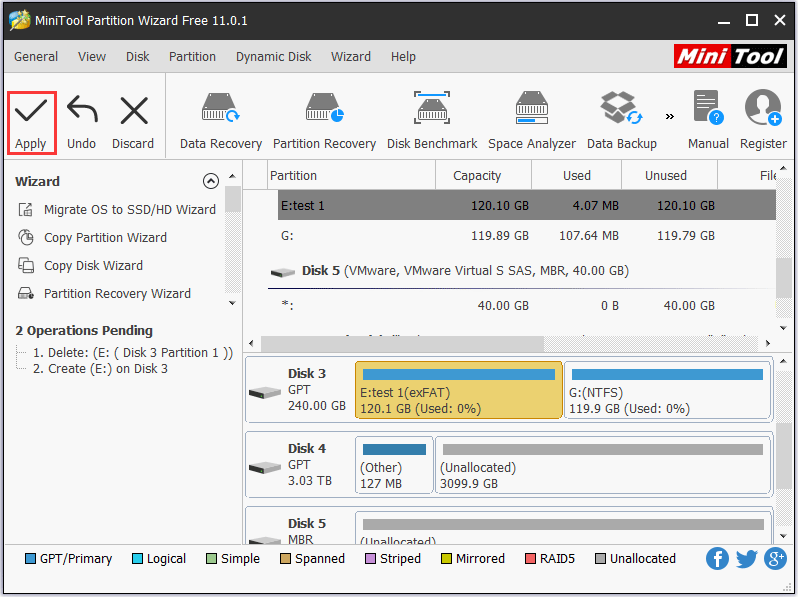

Don’t ask me why, and I wouldn’t recommend changing that with “Partition Magic”, “fdisk”, “GParted” or the like.

Once in the Windows Setup partition overview, you will notice that the Mac OS Disk Utility creates unallocated spaces of about 128 MB between the partitions. “disk0s3): Shared Data - FAT32 format (up to 8 TB!)įourth partition (i.e. “disk0s2): MacOSX - Mac OS Extended (journaled) format (HFS+) “disk0s1”): reserved EFI partition (invisible in Disk Utility and during normal use) That leaves room for 2 additional partitions, one for your shared “bilingual” data and one for Windows XP.įor a strange reason, Windows XP MUST be installed on the LAST partition in order for the EFI boot loader to recognize it (“hal.dll corrupt or missing” or “missing media” error).įirst Partition (i.e.

The first 2 partitions on Intel Macs are reserved for something called EFI (200 MB, normally invisible) and for the Mac OS itself. NTFS should be used for a Windows partition, as it is safer.Ī limitation when it comes to partitions is that the Windows MBR can address 4 primary partitions only. Unfortunately, Mac OS X can read but not write to NTFS formatted partitions that Windows NT, 2000, and XP can use instead of FAT32. As I have spent hours searching for solutions to install a third data partition, accessible by both Mac OS X and Windows XP installed on an Intel Machine, I want to share my experience and publish this Guideline: Guideline Backgroundīoth Mac OS X and Windows can read and write to partitions formatted with FAT and FAT32.


 0 kommentar(er)
0 kommentar(er)
